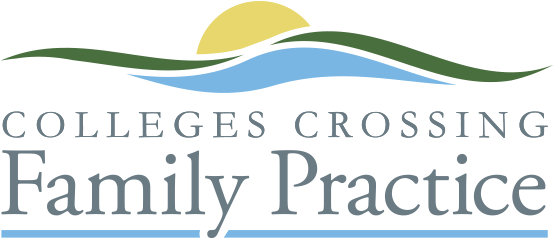My first article for an upcoming edition of the Karana Downs Community Chronicle! I’m happy to accept suggestions for future topics, and you can contact me via the contacts section of the webpage.
I recently spent an evening washing some typical Mt Crosby gravel out of a mountain biking scrape, and thought this would be a good opportunity to discuss managing these minor injuries at home.
My first tip (I turned the house upside down for 20 minutes, finding everything including a baby resuscitator but no band-aids – typical doctor) is be prepared; have a first aid kit in an accessible location. Handy items are a frozen gel cool pack, sterile normal saline (it is the same saltiness as body fluids, and so won’t sting a wound), gauze, barrier/wound cream, a sterile dressing or two and a cohesive bandage (a single-use bandage that adheres to itself).
Wash the graze/laceration thoroughly with saline and carefully remove any debris. Any foreign material left on the broken skin may tattoo and lead to a permanent reminder of your minor injury! Extensive areas of gravel rash with deep debris may need to have a thorough scrub under anaesthetic to prevent this tattooing and deep infection.
Once the wound is clean, apply a wound gel to help prevent it sticking to the dressing and go from there. Put a cool pack on as soon as you can – it reduces bruising and soreness. Change the dressing after a few days, it should be soaked off during a shower – not ripped off.
There are a few situations where you should consult a doctor – dirty wounds, especially if you haven’t had a tetanus booster in the last 5 years, puncture wounds, finger/toenail injuries, eye scratches, gaping wounds, wounds from an aquarium, mouldy hay or wood (deep fungal infections are no fun), and anyone with low immune function, diabetes or poor vascular supply.
Always, if you have any concerns, or if you want to discuss the latest mountain biking trail you have found, please see your GP!
Dr Cath Hester.
These articles are not intended to replace a one-to-one relationship with a qualified health professional or as specific medical advice. They are intended as a sharing of knowledge and information from experience and research in the scientific literature. I encourage you to make your own health care decisions based upon a partnership with a qualified health care professional.
